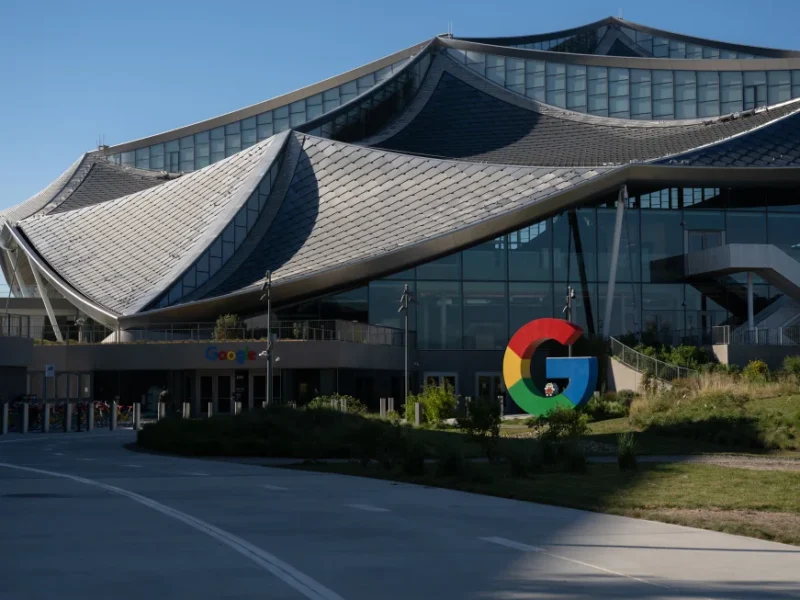As Google has rapidly integrated artificial intelligence into its core products, a significant issue has emerged: the systems required to power its AI tools have greatly increased the company’s greenhouse gas emissions.
AI systems demand a large number of computers, which in turn require extensive data centers—essentially warehouses full of powerful computing equipment. These data centers consume substantial energy to process data and manage the heat generated by the computers.
According to Google’s annual environment report, the company’s greenhouse gas emissions have surged by 48% since 2019, primarily due to increased data center energy consumption and supply chain emissions. Consequently, Google now considers its goal to reach net-zero emissions by 2030 as “extremely ambitious,” acknowledging that the future environmental impact of AI is complex and difficult to predict. This development complicates Google’s sustainability efforts, which were once guided by the motto “don’t be evil.”
Google, like its tech rivals, is heavily investing in AI, regarded as the next major technological revolution. The company has embedded its Gemini generative AI technology into core products like Search and Google Assistant. However, AI’s downside is the energy-intensive data centers that Google and other tech giants are expanding, costing billions each quarter. The International Energy Agency estimates that a Google search query uses 0.3 watt-hours of electricity on average, while a ChatGPT request consumes about 2.9 watt-hours. Dutch researcher Alex de Vries’ study suggests that Google’s AI systems could eventually use as much electricity as Ireland annually if AI is fully adopted with current hardware and software.
In its report published Monday, Google admitted that integrating AI further into its products will make reducing emissions challenging due to the increased energy demands from AI compute and the associated emissions from expanding technical infrastructure. Data center electricity consumption is growing faster than the company can source carbon-free electricity.
Google anticipates its total greenhouse gas emissions will continue to rise before eventually declining as it invests in clean energy sources like wind and geothermal to power its data centers. The significant water usage for cooling data centers also poses a sustainability challenge. Google aims to replenish 120% of the freshwater consumed in its offices and data centers by 2030 but managed to replenish only 18% last year, albeit an improvement from 6% the previous year.
Additionally, Google is exploring ways to use AI to combat climate change. For instance, a 2019 Google DeepMind project used AI to predict wind power availability, enhancing the value of this renewable energy source for wind farmers. Google has also employed AI to suggest more fuel-efficient routes for drivers using Google Maps.
“We know that scaling AI and using it to accelerate climate action is just as crucial as addressing the environmental impact associated with it,” Google stated in the report.











